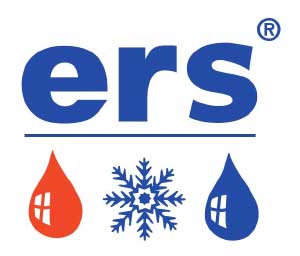A coolant absorbs heat from the mold during the injection molding process. The transfer of the absorbed heat from one coolant to another heat transfer medium (like air, water, …) is done by a machine named heat exchanger.
Simplified, a heat exchanger allows the transfer of thermal energy from one heat transfer medium to another.
Heat exchangers are used whenever the needed temperature of a process is above the ambient temperature.
Default temperatures for injection molding are in between 30 °C to 80 °C.
Two basic types of heat exchangers can be distinguished:
1. Water-Air:
The absorbed energy will be released to the ambient air.
2. Water-Water:
The absorbed energy will be released to a secondary water circuit.

Temperature Control: Heat exchanger within a compression chiller
Related topics:
This information and services are provided by:

